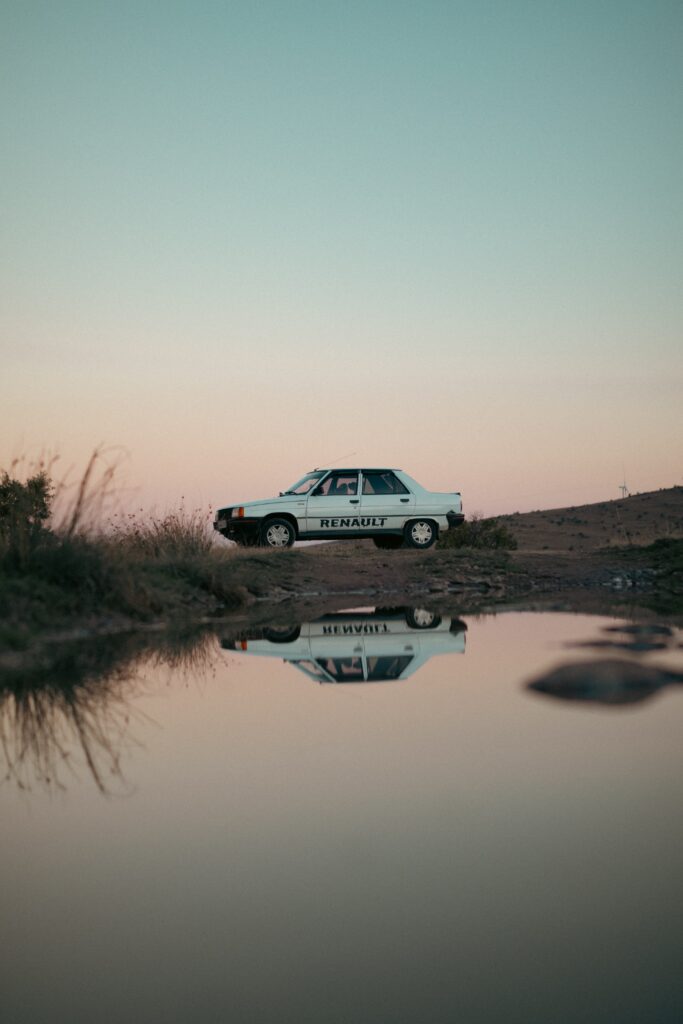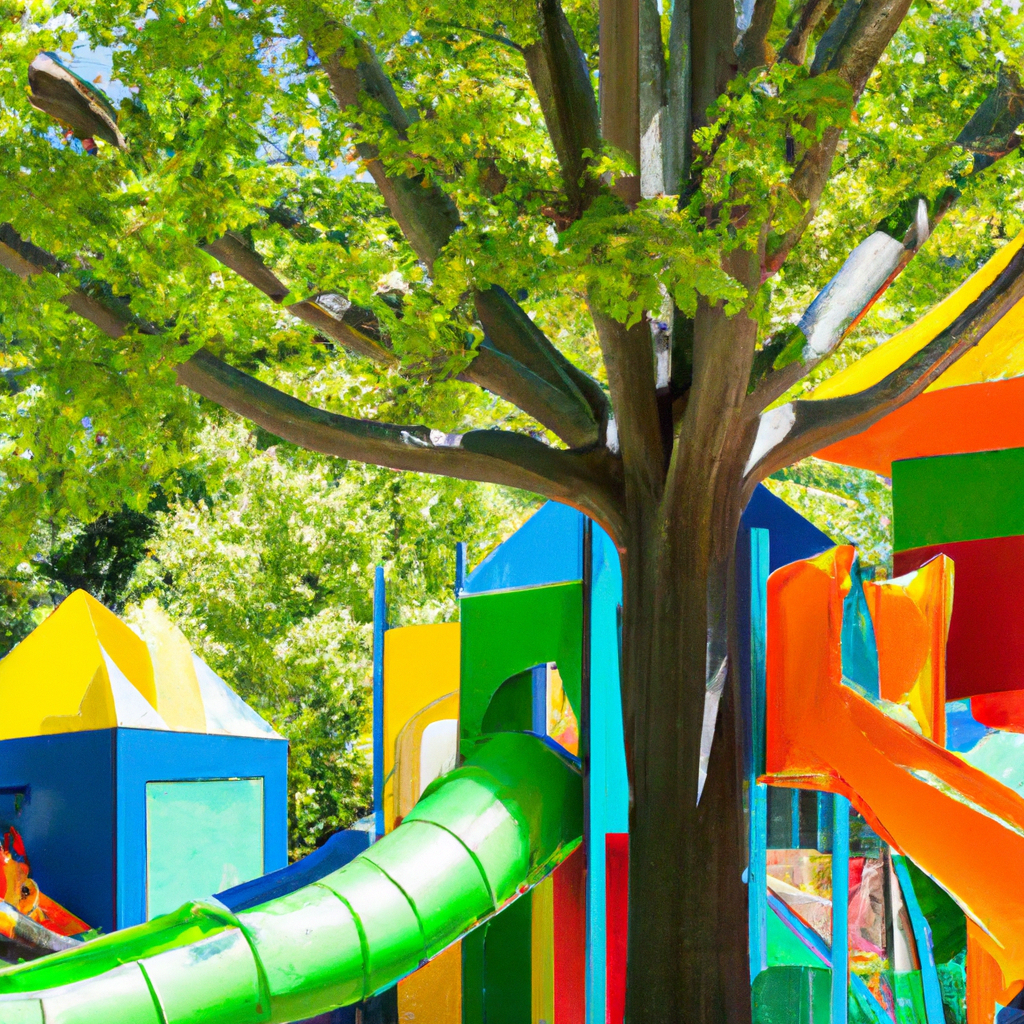
If you’re a parent or caregiver, one of your top priorities is likely creating a safe play area for kids. After all, nothing brings more joy than watching children play and explore their surroundings. But with countless toys, equipment, and potential hazards, it can be overwhelming to know where to start. From baby-proofing the house to selecting the right toys and supervising playtime, this article will provide you with valuable tips and insights on how to create a secure and enjoyable play area for your little ones. So, let’s jump right in!
Choosing the Right Location

Assessing available space
When creating a safe play area for kids, it is important to assess the available space you have. Consider the size of the area and whether it can accommodate the equipment and materials you plan to incorporate. It’s crucial to have enough room for children to move around freely without feeling cramped or restricted.
Considering indoor vs outdoor options
Another factor to consider is whether you want to create an indoor or outdoor play area. Both options have their advantages and disadvantages. Indoor play areas provide protection from the elements and can be used year-round. Outdoor play areas, on the other hand, offer opportunities for children to engage with nature and enjoy fresh air. Consider the climate in your area and the preferences of the children who will be using the play area.
Evaluating potential hazards
Before finalizing the location of your play area, it’s essential to evaluate and address any potential hazards. Look for any potential dangers such as sharp corners, uneven terrain, or low-hanging branches. Ensure that there are no hazardous substances or chemicals nearby. By taking the time to identify and mitigate potential hazards, you can create a safer environment for children to enjoy their playtime.
Selecting Appropriate Materials and Equipment
Using cushioned flooring
When it comes to selecting materials for the play area, one of the most important considerations is the flooring. Opt for cushioned flooring options such as rubber tiles or foam mats. These materials provide a softer surface, reducing the risk of injuries in case of falls. Avoid hard surfaces like concrete or asphalt, as they can cause more severe injuries.
Opting for age-appropriate equipment
When choosing equipment for the play area, it’s crucial to consider the age and developmental stage of the children who will be using it. Ensure that the equipment is appropriate for their abilities and interests. Avoid equipment that is too advanced or complex for their age group, as it may increase the risk of accidents or injuries. Always prioritize safety over aesthetics when selecting equipment for the play area.
Avoiding sharp edges and protrusions
Another crucial aspect of selecting appropriate materials and equipment is to avoid sharp edges and protrusions. Check all equipment and materials for any sharp edges, screws, or nails that could pose a risk to children. Sand down any rough surfaces and ensure that there are no loose parts that could become a choking hazard. By eliminating these potential dangers, you can create a safer play area for children to enjoy.
Ensuring Proper Supervision

Establishing sightlines
Proper supervision is key to maintaining a safe play area for kids. When designing the play area, ensure that there are clear sightlines from one end to the other. This allows adults to keep an eye on children at all times and quickly respond to any potential danger or accidents. Avoid creating blind spots or areas where children can hide from view, as this can increase the risk of unsupervised play.
Implementing childproof barriers
To prevent children from accessing restricted areas or leaving the play area unsupervised, it is important to implement childproof barriers. Install gates or safety fences around the perimeter of the play area to create a secure boundary. Ensure that any entrances or exits are equipped with childproof locks to prevent accidental openings.
Utilizing security cameras if necessary
In some cases, additional security measures may be necessary to ensure proper supervision. Installing security cameras in the play area can help monitor activities and capture any incidents or accidents that may occur. While it is important to balance privacy concerns, especially in residential settings, security cameras can provide an added layer of surveillance and help identify and address any safety issues.
Implementing Safety Measures

Installing adequate lighting
To create a safe play area, it is crucial to ensure adequate lighting. Install proper lighting fixtures in and around the play area to enhance visibility, especially during darker hours. Well-lit spaces help prevent accidents and allow both children and adults to navigate the area safely. Consider energy-efficient options, such as LED lights, to minimize electricity consumption.
Securing heavy equipment and furniture
Safety measures should also include securing heavy equipment and furniture. Anchor or fasten larger equipment, such as climbing structures or swings, to prevent them from tipping over. Use appropriately sized bolts and brackets to ensure stability. Heavy furniture, such as tables and chairs, should also be secured to prevent them from toppling when children climb on them.
Creating boundaries and limits
Creating boundaries and limits within the play area is essential for maintaining safety. Clearly define areas or zones for different activities, such as active play, quiet play, or eating. Use visual cues, such as colored tape or signage, to indicate these boundaries. Communicate and reinforce these limits to children, ensuring they understand where they can and cannot go.
Creating a Safe Design

Avoiding small or loose parts
When designing the play area, it is important to avoid small or loose parts that could pose a choking hazard. Ensure that all materials and equipment are free from small detachable parts, such as buttons or screws. Regularly inspect and replace any loose or broken items to maintain a safe environment for children to play in.
Designing for optimal visibility
In addition to establishing sightlines, designing for optimal visibility is crucial. Avoid placing large structures or obstacles that obstruct the view of both children and supervising adults. Opt for open layouts that allow for easy monitoring of activities. By maximizing visibility, you can quickly identify and address any potential safety concerns.
Promoting accessibility for all abilities
When creating a safe play area, it is important to consider the needs of children with various abilities. Ensure that the design allows for accessibility and inclusion for children with physical disabilities. Install ramps, handrails, and other assistive devices as needed. This promotes a sense of belonging and allows all children to engage in play activities safely.
Addressing Water Hazards

Fencing off swimming pools or water features
If your play area includes a swimming pool or any other water feature, it is crucial to fence it off from the rest of the play area. Install a secure barrier around the water feature to prevent unsupervised access. Ensure that the fence is at least four feet high and has a self-closing, self-latching gate to further enhance safety.
Installing childproof locks on gates
Regardless of whether there are water features or not, it is important to install childproof locks on all gates leading into the play area. This helps prevent children from wandering off or accessing potentially dangerous areas without supervision. Double-check that the locks are functioning properly and regularly inspect them for any signs of wear or damage.
Including safety measures in bathroom areas
If your play area includes bathroom facilities, it is essential to implement additional safety measures in these areas. Install nonslip mats, grab bars, and childproof locks on toilet seats and cabinets. Regularly inspect these areas for any potential hazards, such as wet floors or loose tiles, and promptly address them to ensure a safer play environment.
Considering Emergency Situations
Keeping a first aid kit on site
In the event of accidents or injuries, having a well-stocked first aid kit on site is crucial. Ensure that the kit includes basic medical supplies such as bandages, antiseptic solution, and adhesive tape. Regularly check and replenish the supplies to ensure they are always readily available when needed.
Creating an emergency evacuation plan
Prepare for emergency situations by creating an emergency evacuation plan. Identify primary and secondary exit routes from the play area and establish a meeting point outside the designated area. Educate both children and supervising adults about the evacuation procedures and regularly conduct drills to familiarize everyone with the process.
Educating children about emergency procedures
Children should also be educated about emergency procedures and taught how to react in different scenarios. Teach them basic first aid techniques, such as how to apply pressure to a bleeding wound or call for help. Reinforce the importance of staying calm during emergencies and following the instructions of supervising adults.
Maintaining a Clean and Organized Space
Regularly inspecting and cleaning equipment
To ensure a safe play environment, it is vital to regularly inspect and clean all equipment. Check for any signs of wear, damage, or loose parts that may need repair or replacement. Clean equipment regularly to remove dirt, debris, and any potential contaminants. By maintaining clean and well-maintained equipment, you reduce the risk of accidents or injuries.
Storing toys and materials properly
Proper storage of toys and materials is essential for maintaining a safe play area. Ensure that all items have designated storage spaces and are stored in an organized manner. Avoid overcrowding storage areas, as this can increase the risk of items falling and causing injuries. Regularly assess the condition of stored items and discard any broken or damaged ones.
Removing any potential tripping hazards
Tripping hazards can pose a significant risk in a play area. Regularly inspect the play area for any potential tripping hazards, such as loose mats, cords, or toys left on the floor. Secure mats or rugs firmly in place, and ensure that cords or cables are safely tucked away or covered. Promptly remove any obstructions or debris that could cause children to trip and fall.
Establishing Rules and Boundaries
Communicating age-appropriate guidelines
Establishing rules and boundaries is crucial for maintaining a safe play area. Communicate age-appropriate guidelines to children, clearly explaining what behaviors are allowed and what is not. Teach them about sharing, taking turns, and respecting personal space. By setting clear expectations, you create a structured environment that promotes safety and positive interactions.
Clearly defining play area limits
Define and communicate clear limits for the play area. Establish boundaries that children are expected to stay within and teach them to respect these limits. Use visual cues, such as marked lines or signs, to reinforce these boundaries. Regularly remind children of the boundaries to ensure they understand and abide by them.
Reinforcing supervision and safety expectations
Regularly reinforce the importance of supervision and safety expectations. Communicate to both children and supervising adults that supervision is vital for maintaining a safe play environment. Encourage adults to actively engage with the children, providing guidance and support when needed. By reinforcing these expectations, you foster a culture of safety and responsibility within the play area.
Regularly Assessing and Updating Safety Measures
Conducting routine safety inspections
To ensure that safety measures remain effective, it is important to conduct routine safety inspections. Regularly assess the play area for any potential hazards, wear and tear, or outdated equipment. Address any issues promptly, such as repairing damaged equipment or replacing worn-out flooring. By staying proactive and vigilant, you can maintain a safe play area for children.
Staying informed about new safety guidelines
Safety guidelines and standards are continuously evolving. Stay informed about any new safety guidelines or regulations relevant to play areas for kids. Keep up-to-date with industry best practices and recommended safety measures. Attend workshops or seminars to stay current with the latest developments in child safety. By staying informed, you can ensure that your play area meets the highest safety standards.
Making necessary adjustments based on child development
Lastly, be aware of the developmental stages and changing needs of children using the play area. As children grow and develop, their abilities and interests change. Regularly assess whether the equipment and materials in the play area still cater to their needs. Make any necessary adjustments or updates to adapt to their developmental milestones and ensure continued safety and engagement.
In conclusion, creating a safe play area for kids requires careful consideration and attention to detail. By assessing available space, selecting appropriate materials and equipment, ensuring proper supervision, implementing safety measures, creating a safe design, addressing water hazards, considering emergency situations, maintaining a clean and organized space, establishing rules and boundaries, and regularly assessing and updating safety measures, you can provide children with a secure and enjoyable play environment. Remember, prioritizing safety not only protects children from potential harm but also fosters their overall well-being and development.
